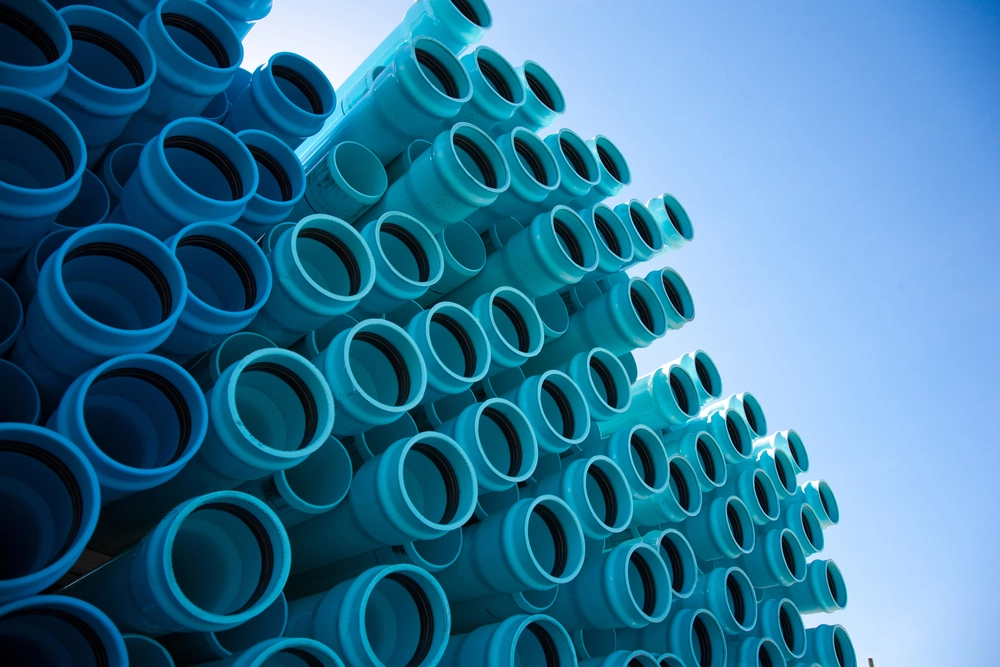
Why has COVID-19 thrown Pre-Action Conduct in the spotlight?

As each of us navigate the dynamic rules post COVID-19, those needing to use Court services are no different. The Court service itself has analysed its performance and begun to plan its recovery.
Helped by the reduction in cases due to prohibitions on various actions, the Court service has functioned well and responded to urgency, where needed. The most obvious measure adopted by the Court was its move to virtual hearings by default ("where possible and as appropriate with reference to the Remote hearings protocol for civil hearings"). This has, in our experience, worked very well.
However, going forward and absent some clear urgency, those that require the Court's time to resolve their disputes are facing potentially significant delay.
That does not mean parties should abandon hope. Instead, parties have a lot to gain by from using this time to engage properly and effectively with the pre-action process and, perhaps, more to lose if they do not.
The Protocols
There are currently 16 pre-action protocols (the "Protocols") and the Practice Direction on Pre-Action Conduct (the "PD") which explain the conduct and set out the steps that the court would normally expect parties to take before issuing proceedings. TheProtocols apply to specific types of claims andthe PD applies where the Protocols do not. The PD establishes an expectation for the parties to have exchanged sufficient information before issuing proceedings, to understand each other's position, decide how to proceed, consider a form of alternative dispute resolution ("ADR"), try to settle and reduce the costs of resolving the dispute.
As we mentioned in our article on ADR (here) it is standard practice for parties to exchange their positions in writing, reach a stalemate and look to issue proceedings. In theory, you may have completed the pre-action process, but what have you really gained? Parties who engage effectively with the pre-action protocols, will save themselves time and money down the line.
What are some of the benefits and what should parties really be doing to get the most out of the pre-action phase?
Conclusion
In our first article (available here) we said that we thought a perfect storm would soon hit the civil justice system, with a backlog of cases, over stretched resources and an increased volume of disputes, debt and insolvency proceedings.
The various state interventions have certainly "flattened the curve" to manage the volume of commercial dispute, debt and insolvency proceedings as actions were at an all-time low between April and June 2020 (with County Court clams down by 75% and enforcement actions down by 83% on the same period in 2019)
However, it would be premature to consider that the threat of a storm had passed.
The Ministry of Justice has confirmed that the unprecedent fall in volumes and significant changes to timeline measures, were as a result of the challenges and resulting suspension of services faced by the civil justice system during the initial COVID-19 response.
As with all things COVID-19, we anticipate that this change will happen rapidly, especially following 31 December 2020 when the current moratorium on various enforcement and insolvency processes end.
It therefore makes sense to use this time wisely, to focus your efforts on getting the most out of the pre-action phase. Not only might it alleviate the impact by helping you to settle and avoid the need for proceedings altogether, but at the very least it should help you to narrow the issues and avoid sanctions for non-compliance further down the line.
If you'd like some more guidance on how to get the most out of the pre-action phase, please do get in touch.














